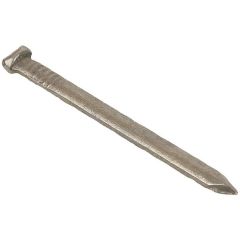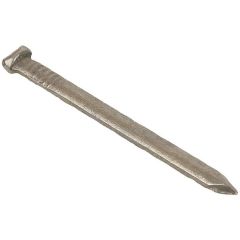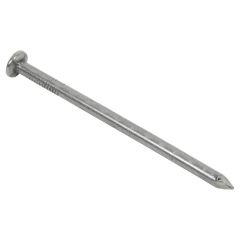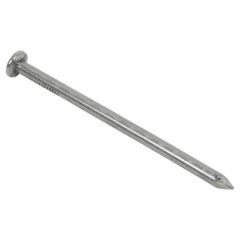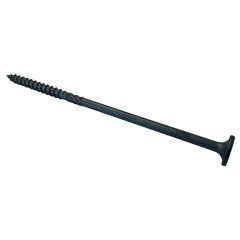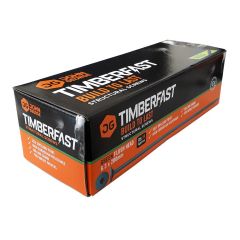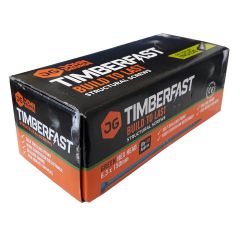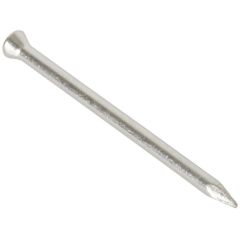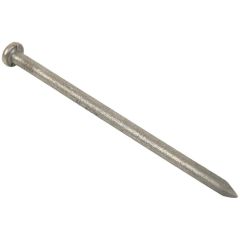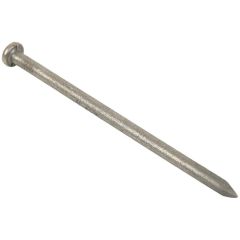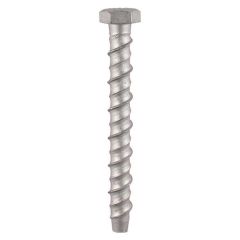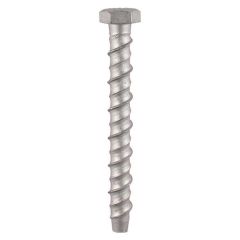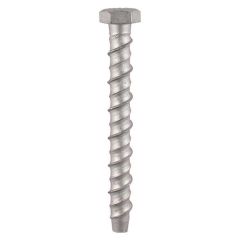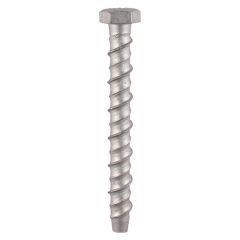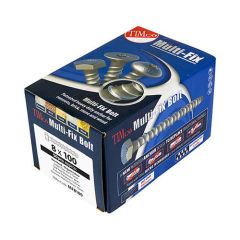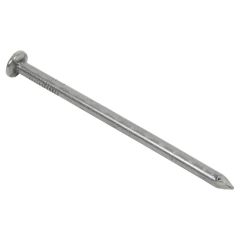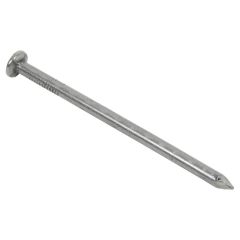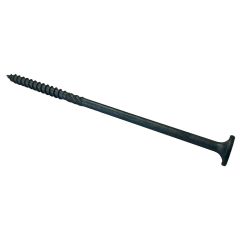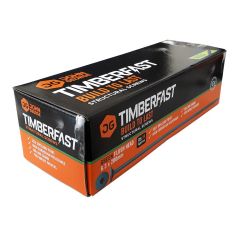Fixings & Fasteners
Completing any project with timber will require you to have the correct screws and fixings for the materials. It's very easy to miss this vital part of planning and just aim to use whatever bits and bobs are available in the toolbox or garage. However, it's likely that you will either run out part way through the job, or realise that the fixings you have are not fit for purpose. Here at Mill Timber Direct, we are passionate about providing tradespeople and DIYers with as comprehensive a service as possible, which is why we carry a huge range of screws and fixings for almost any timber based project.
Our range of screws and fixings includes all manner of screws, from those designed to go into wood at a range of lengths and diameters to concrete and plasterboard screws. Working with different materials requires you to have screws with the correct thread count and depth in order that these materials become successfully bound together, whilst reducing the risk of causing damage to the materials.
When selecting plasterboard screws, make sure that their length is such that the screw can penetrate the timber by around 25 mm (or an inch in old money!). So if the plasterboard is 9.5mm thick, you should use 32mm long screws.
Additionally, we carry a wide range of specialist screws, with a variety of driver patterns, such as the Torx head, which resist cam-out far more effectively than Phillips or flat head screws.
Other items in our range include screw hooks, which drive into your timber and allow things to be hung from them and a comprehensive selection of wall plugs for all manner of surfaces.
-
Fixings FAQs
What are Fixings?
The term fixing refers to the mechanical components used to join material together. For example, screws, anchors, nuts and bolts are all types of fixing. Fixings are used to securely fasten or attach materials together, and help to provide stability and strength within the resulting structure. The fixing used will depend on the purpose and the materials being joined.
What are the Best Fixings?
The best type of fixing really depends on the application. For example, screws or bolts are commonly used to join two pieces of wood or metal together, whereas nails may be used for creating a less permanent joint. It is important to think about the strength and compatibility of the materials you are joining together.


